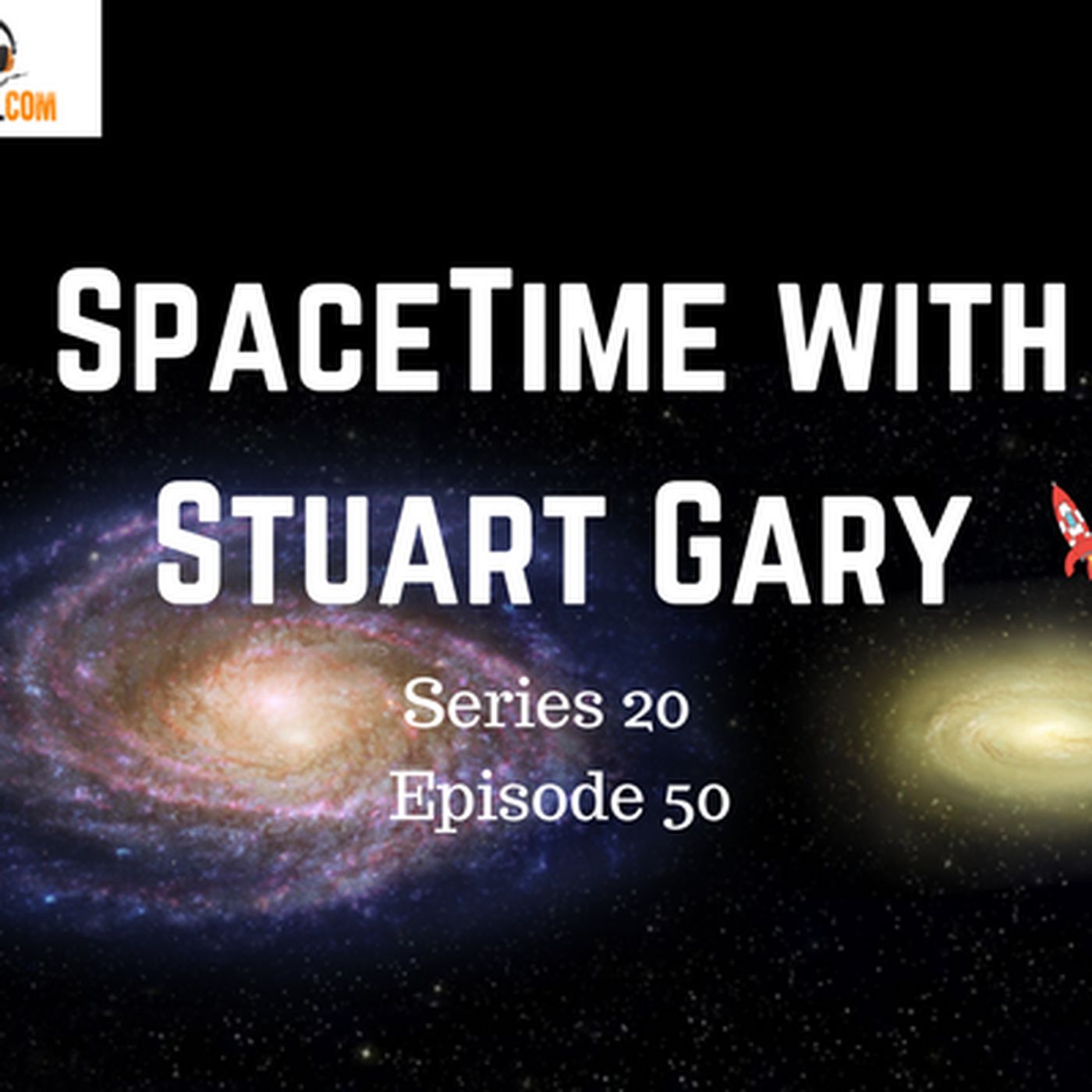50: The discovery thats rewritten galactic evolution

NEW! Thank you to our early patrons. Your support is truly appreciated\u2026and welcome to the team. Let\u2019s do a role call\u2026we salute: Alan Laing Brian Morrow Johan Spjuth Luuk van der Velden Greg Hunt Tony Rocco Sam Mowbray You too can help support SpaceTime too, by becoming a patron...and we have rewards for you. Do your bit to keep Stuart fed and housed... details at our Patreon page... https://www.patreon.com/spacetimewithstuartgary\xa0Stream Episodes on demand from www.bitesz.com or www.spacetimewithstuartgary.com (both mobile friendly)\xa0* The discovery that\u2019s rewritten galactic evolution Astronomers have discovered the first example of a compact yet massive, fast-spinning, spiral galaxy which stopped making stars only a few billion years after the big bang. The study challenges sciences current understanding of how massive galaxies form and evolve early in the history of the universe.\xa0*New dark matter hypothesis Astronomers trying to understand dark matter may have a lot more work to do if a new hypothesis -- claiming there is more than one type of dark matter particle \u2013 is correct. Dark matter is a mysterious invisible substance thought to make up some 80 percent of all the matter in the universe.\xa0*How the Milky Way Galaxy makes antimatter Faint supernova explosions -- caused by the merging of dead stars known as white dwarfs -- could explain how most of the antimatter in the Milky Way galaxy is created. The findings also mean the excess of gamma ray emissions detected in the galactic centre can be explained without the need to postulate dark matter annihilation scenarios to explain the observations.\xa0*New mission to study the space between the stars NASA is today slated to launch its newest mission to study the interstellar medium -- the space between the stars. NASA\u2019s new mission called the Colorado High-resolution Echelle Stellar Spectrograph -- or CHESS \u2013 is slated to blast off from the White Sands Missile Range in New Mexico aboard a Black Brant IX suborbital sounding rocket.\xa0*China launches its first space based x-ray telescope China has launched its first space based X-ray telescope designed to survey the Milky Way and study celestial x-ray sources such as neutron stars, black holes and supernovae. The Hard X-ray Modulation Telescope was flown into orbit aboard a Long March 4B rocket from the Jiuquan Satellite Launch Centre in the Gobi Desert of inner Mongolia.\xa0Email: SpaceTime@bitesz.com\xa0Join our mailing list at http://www.bitesz.com/join-our-mailing-list\xa0If you're enjoying SpaceTime, please help out by sharing and telling your friends. The best recommendation I can get is one from you. Thank you...\xa0#astronomy #space #science #technology #news #astrophysics #NASA Learn more about your ad choices. Visit megaphone.fm/adchoices
\xa0See acast.com/privacy for privacy and opt-out information.
Become a supporter of this podcast: https://www.spreaker.com/podcast/spacetime-with-stuart-gary--2458531/support.